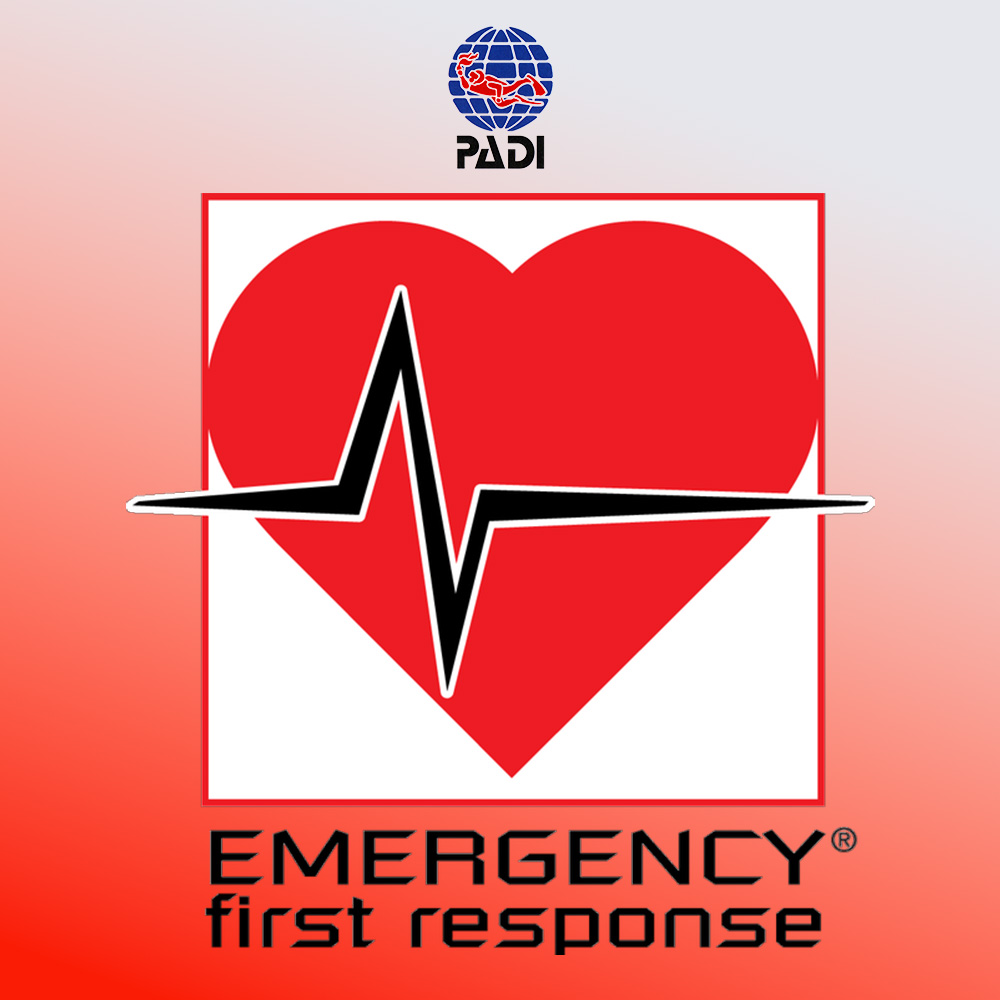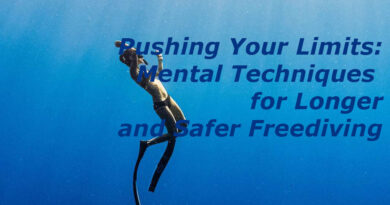Square Waves: The Dangerous Charm of the Sea Every Diver Must Know
|| ScubaLiveTV || Insights || Actuality || Interviews || TV Web || History || Scuba Diving || Freediving || Video collection || Nature and Environment || Collaborate with us ||
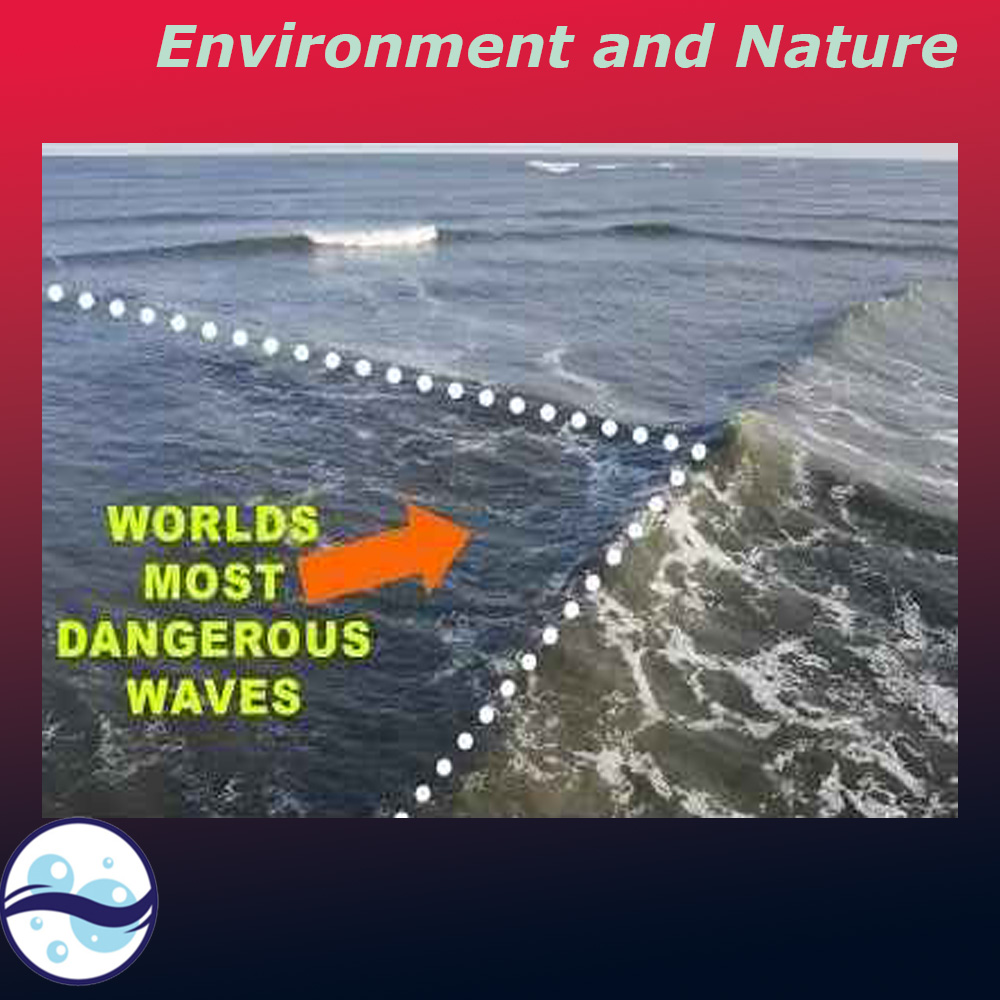
Square Waves: The Hidden Danger Beneath the Surface Every Diver Needs to Know!
Hey, diving enthusiasts! Picture yourself underwater, surrounded by vibrant corals and curious fish, when suddenly, as you surface, the sea transforms into a living chessboard. Sounds intriguing, doesn’t it? But hold on: we’re talking about square waves, a mysterious phenomenon that can turn a peaceful dive into a proper oceanic thriller. Whether you’re a seasoned diver or just a sea lover, keep reading—I’m about to reveal why these waves are so dangerous and how to handle them if they catch you off guard. Get ready to discover a side of the ocean that’ll leave you gobsmacked!
So, what exactly are square waves? Also known as “cross seas,” they form when two or more wave systems from different directions—often nearly perpendicular—collide and overlap. The result? A mesmerising grid-like pattern on the water’s surface, with waves crisscrossing to create a chequerboard effect of peaks and troughs. It’s not science fiction; it happens in real life, especially in shallow coastal waters where opposing winds or currents meet. Think places like Île de Ré in France, the beaches of Tel Aviv, or even Lake Michigan—these spots are prime for this phenomenon, though it can pop up anywhere the sea decides to get cheeky.
Now, why are they such a big deal for divers? Well, they’re not just a pretty photo op. The real danger hits at the surface and during entry or exit from the water, but their energy can ripple down tens of metres, stirring up trouble even underwater. Imagine powerful, unpredictable rip currents—sometimes reaching 3-4 knots—that can drag you away from your buddy or dive site like an invisible whirlwind. These multi-directional currents cause “surge,” those sudden sideways jolts that disorient you, burn through your air supply, and make buoyancy control a nightmare. With heavy gear like tanks and BCDs, getting on or off a boat becomes a risky ordeal: waves up to 3 metres can toss you about, risking collisions or falls. Underwater, the threat is moderate to high—visibility drops as sediments swirl, and the physical strain can lead to mistakes like rapid ascents. On a scale of 1 to 10 (1 being a pool dive, 10 a storm), square waves score a solid 8-9 for recreational divers—more treacherous than regular currents because they’re so unpredictable! Maritime studies note they caused about half of all boating incidents in certain periods, and divers aren’t immune; dive forums like ScubaBoard are full of hair-raising tales.
But here’s the bit that’ll get you geared up: what do you do if square waves form while you’re underwater, and you surface to find this chaotic grid? Don’t panic, mate! Here’s a friendly, practical guide to getting out safely, based on expert advice from the likes of PADI and DAN. Imagine popping up to see that chequerboard sea—your game plan needs to be calm and clever.
Start by assessing the situation at your safety stop, around 5-6 metres down. Check the surface and coordinate with your buddy. Always surface as a group, sticking close—maybe even holding hands—to avoid getting split up by those wild currents. Deploy a surface marker buoy (SMB or DSMB) right away to signal your position to the boat or shore crew—it’s your lifeline in that choppy mess!
To tackle those sneaky currents, don’t fight them; you’ll only wear yourself out. Swim parallel or diagonally to the waves, going with the surge to save energy. If you’re near the seabed, gently grab onto rocks or coral (without damaging them, of course!) to steady yourself. At the surface, time your moves with the wave crests: swim during the lulls and, when boarding a boat, let the wave lift you toward the ladder.
Keep in touch with your support team using visual signals or a radio if you’ve got one. If you’re on your own, head for the nearest safe shore if it’s in sight. Stay calm, breathe deeply to manage air, and fully inflate your BCD to float high. Once you’re safe, check for injuries or decompression symptoms—better safe than sorry with a doctor’s visit!
In short, square waves are a reminder that the sea is a stunning but unpredictable beast. They challenge you to be prepared but give you epic stories to share. Ready to dive smarter? Next time, check the weather forecasts and pack that SMB—it could save the day!
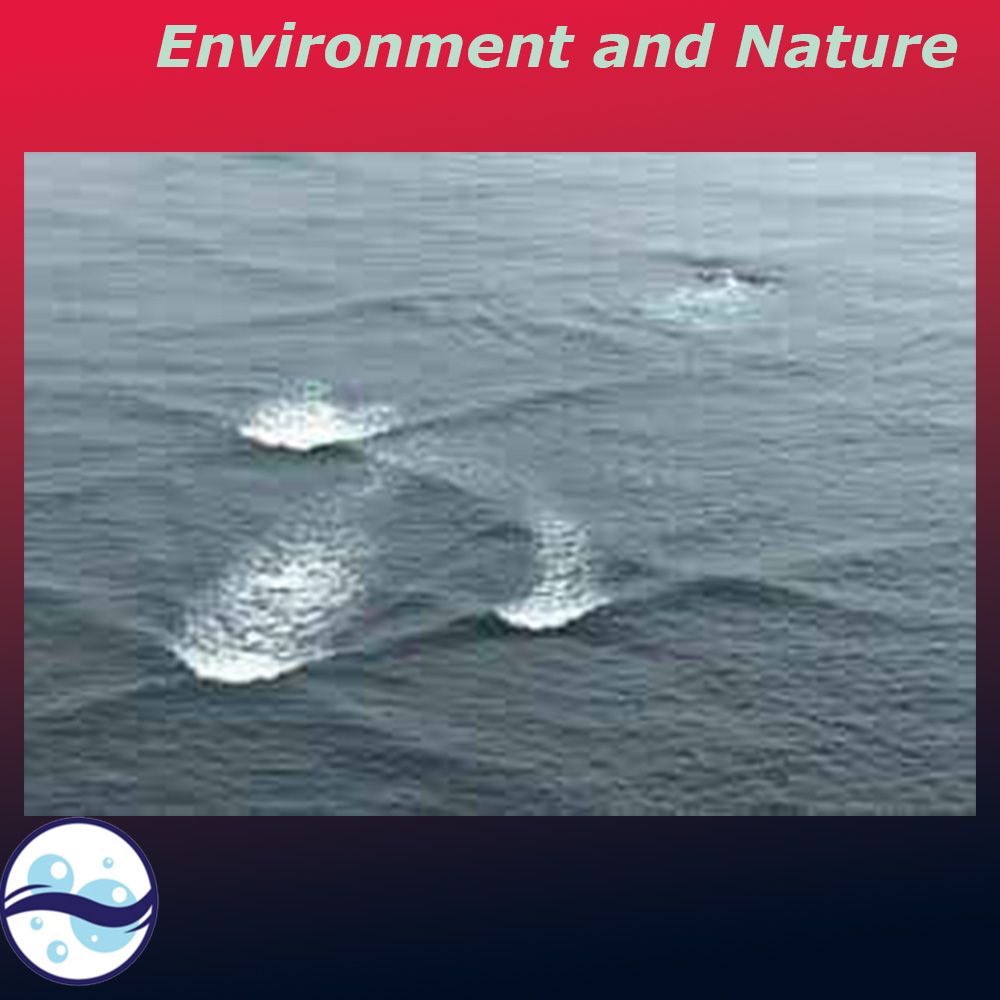
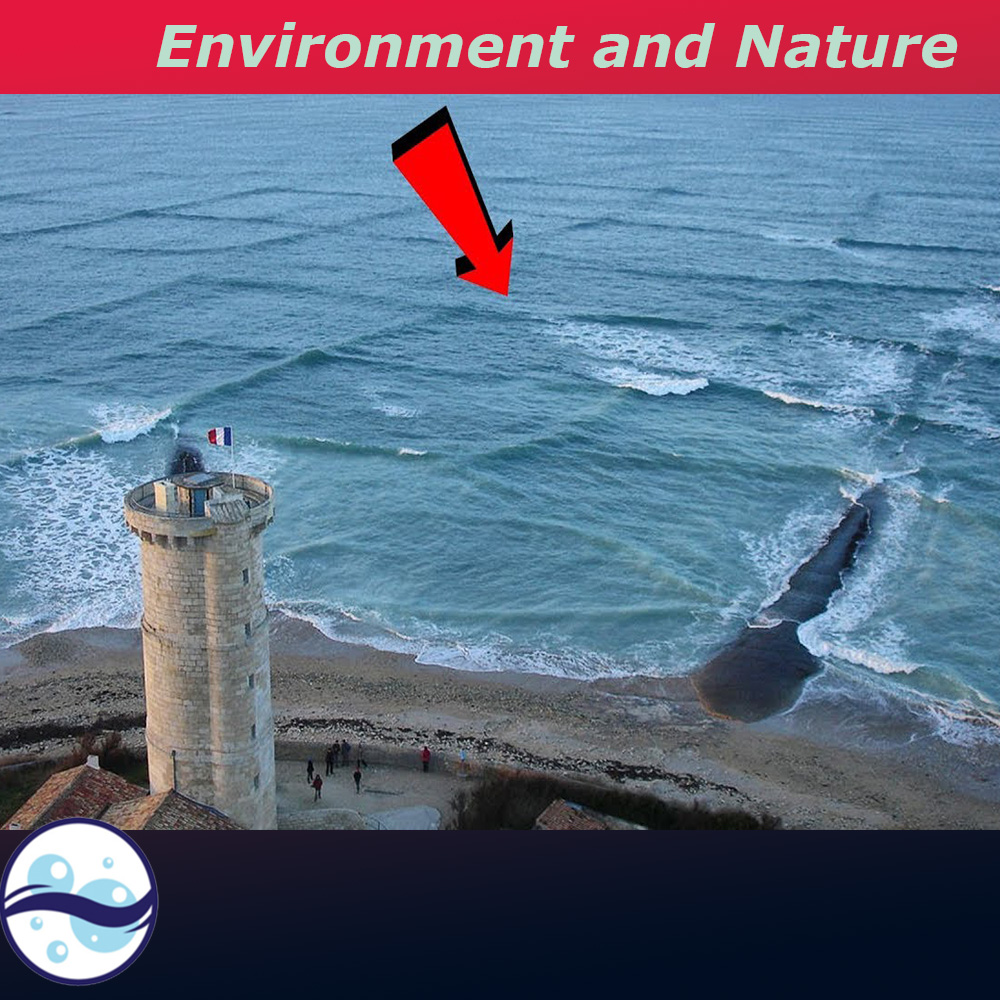
Author: Francesco Cordone
Photo: by Web







